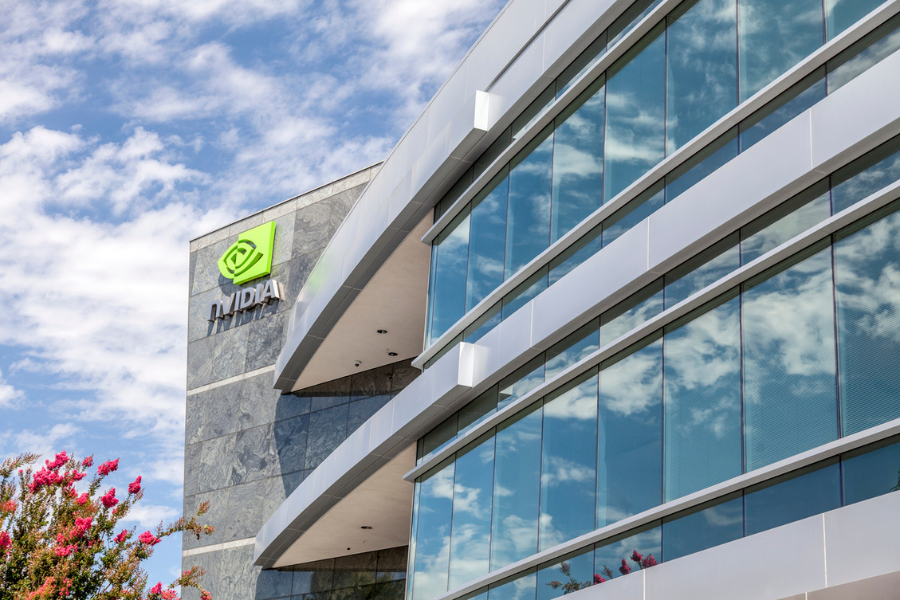

Bitcoin and Nvidia Corp. just reminded investors that the market’s hottest trades are far from one-way bets.
The largest digital asset posted one of its steepest drops on Monday since the onset of the crypto-market recovery at the start of last year, leaving investors pining for $60,000 as a technical floor for the token to avert more pain.
Meanwhile Nvidia — the poster child of the artificial intelligence revolution — slid nearly 7% and has shed about $430 billion over the last three sessions. That’s the biggest three-day value loss for any company in history.
Over longer periods both assets are still sitting on breathtaking returns. But the turbulence resurfaces the question of whether cracks in zeitgeist momentum trades point to a tougher outlook for risk appetite as the prospect of higher-for-longer interest rates hangs over markets.
“People are working out now that momentum works both ways,” said Chris Weston, head of research for Pepperstone Group. Bitcoin needs “sentiment to fuel the beast” and Nvidia is “an incredibly saturated long position,” he added.
Bitcoin stabilized on Tuesday, rising roughly 3% to retake $61,000. Asian stocks and futures on the technology-heavy Nasdaq 100 index both pushed higher. The moves suggest broader investor sentiment remains resilient, buttressed by gains for the likes of global stocks, gold and crypto over the past year.
Carol Schleif, deputy chief investment officer at BMO Family Office LLC, pointed out on Bloomberg Radio that an equal-weighted version of the S&P 500 climbed Monday as bellwether Nvidia struggled. The equal-weighted gauge strips out size biases and dilutes the influence of megacap tech.
“You need a broadening market for this to have sustainability,” she said. “We think the fundamentals can carry through more industries than just technology.”

Rajesh Markan earlier this year pleaded guilty to one count of criminal fraud related to his sale of fake investments to 10 clients totaling $2.9 million.

From building trust to steering through emotions and responding to client challenges, new advisors need human skills to shape the future of the advice industry.

"The outcome is correct, but it's disappointing that FINRA had ample opportunity to investigate the merits of clients' allegations in these claims, including the testimony in the three investor arbitrations with hearings," Jeff Erez, a plaintiff's attorney representing a large portion of the Stifel clients, said.

Chair also praised the passage of stablecoin legislation this week.

Maridea Wealth Management's deal in Chicago, Illinois is its first after securing a strategic investment in April.
Orion's Tom Wilson on delivering coordinated, high-touch service in a world where returns alone no longer set you apart.
Barely a decade old, registered index-linked annuities have quickly surged in popularity, thanks to their unique blend of protection and growth potential—an appealing option for investors looking to chart a steadier course through today's choppy market waters, says Myles Lambert, Brighthouse Financial.
